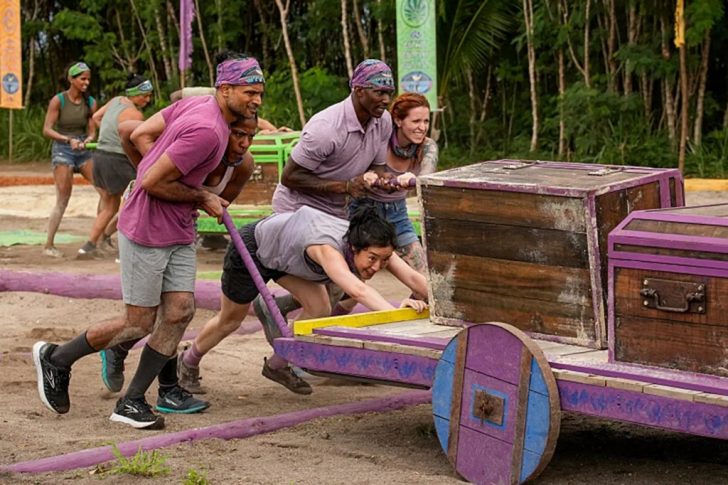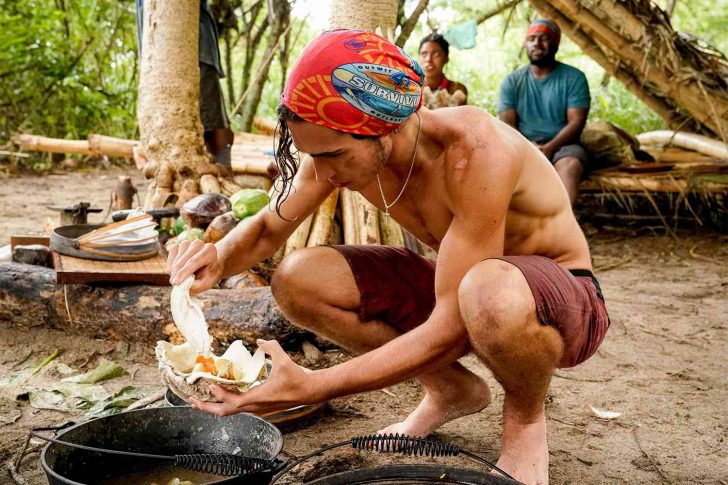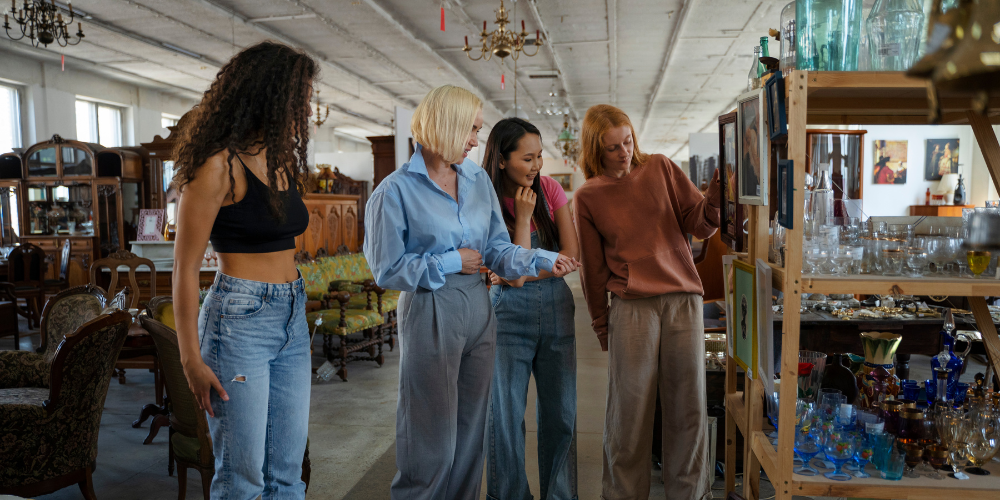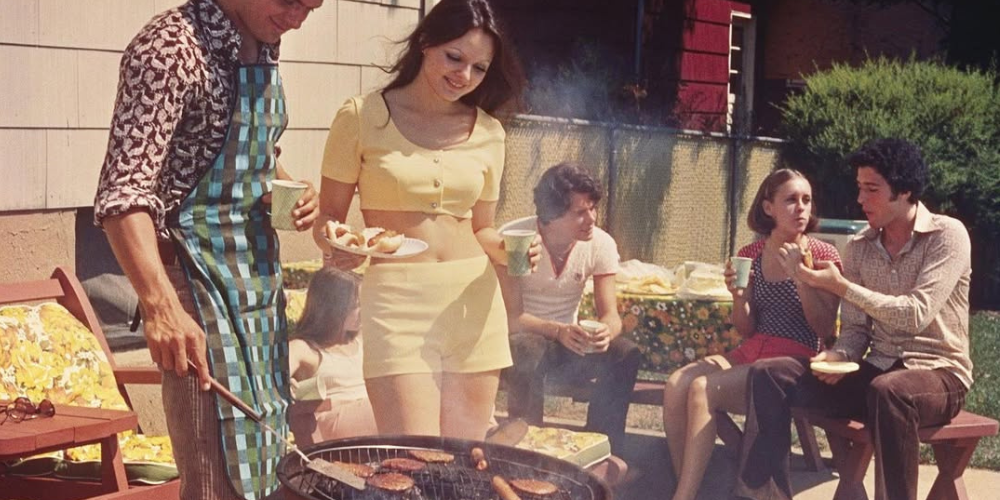Reality TV has been a staple of entertainment for decades, but few shows have had the staying power and cultural impact of “Survivor.” Since its debut in 2000, “Survivor” has captivated audiences with its intense challenges, strategic gameplay, and dramatic tribal councils.
However, what happens behind the cameras is just as intriguing as what you see on the screen. Here are some surprising “Survivor” behind-the-scenes facts that you probably didn’t know before.
A Stand-In Team Tests the Challenges
One of the most critical aspects of “Survivor” is its grueling challenges. Contestants are pushed to their limits in physical, mental, and endurance tests. But did you know that each challenge is meticulously tested before the contestants ever set foot on them?
A team known as the “Dream Team,” made up of production assistants and interns, runs through every challenge multiple times. This ensures that the tasks are fair, achievable, and safe.

They test the challenges to identify any potential issues, from safety hazards to unintended advantages. Their feedback is crucial in tweaking the final versions of the challenges that contestants face. This behind-the-scenes process is vital to maintaining the integrity of the game.
Tribal Council Isn’t as Spontaneous as It Looks
Tribal Council is often the most dramatic moment of each episode, where alliances are shattered, blindsides happen, and contestants are voted out. But in reality, this tense part of the show is far more orchestrated than it appears. The tribal council set is meticulously designed. Every detail is planned in advance – from the placement of torches to where each contestant sits.
Even the iconic voting urn is carefully positioned to ensure that cameras capture every moment perfectly.
Plus, what seems like a brief segment on TV can actually last for hours in real life. Contestants are grilled by host Jeff Probst, who asks numerous questions to provoke discussion and extract juicy soundbites. The editors then condense this footage into the few minutes of drama you see on your screen.
The Isolation Is Real – and Sometimes Dangerous
One of the most striking elements of “Survivor” is the isolation contestants experience. Stranded on remote islands with little more than the clothes on their backs, they are truly cut off from the outside world. This isolation is no mere TV trick. It is a fundamental part of the “Survivor” experience.

This extreme isolation can have serious mental and physical effects on the contestants. Some have reported losing significant amounts of weight, while others have faced severe dehydration and exhaustion. The production team has a medical crew on standby at all times. But they intervene only when absolutely necessary.
The Editing Room Shapes the Story
“Survivor” is a reality show, but that doesn’t mean everything you see is exactly how it happened. The editing process plays a massive role in shaping each season’s narrative. With hundreds of hours of footage shot, the editors are tasked with distilling this into compelling television. They decide which storylines to highlight, which contestants to focus on, and how to build suspense across episodes.
This behind-the-scenes fact reveals how much creative power lies in the hands of the editors. For example, a contestant who might have seemed like a background player in real life could be portrayed as a key strategist on screen. The editors’ choices can even influence how viewers perceive the final winner.





